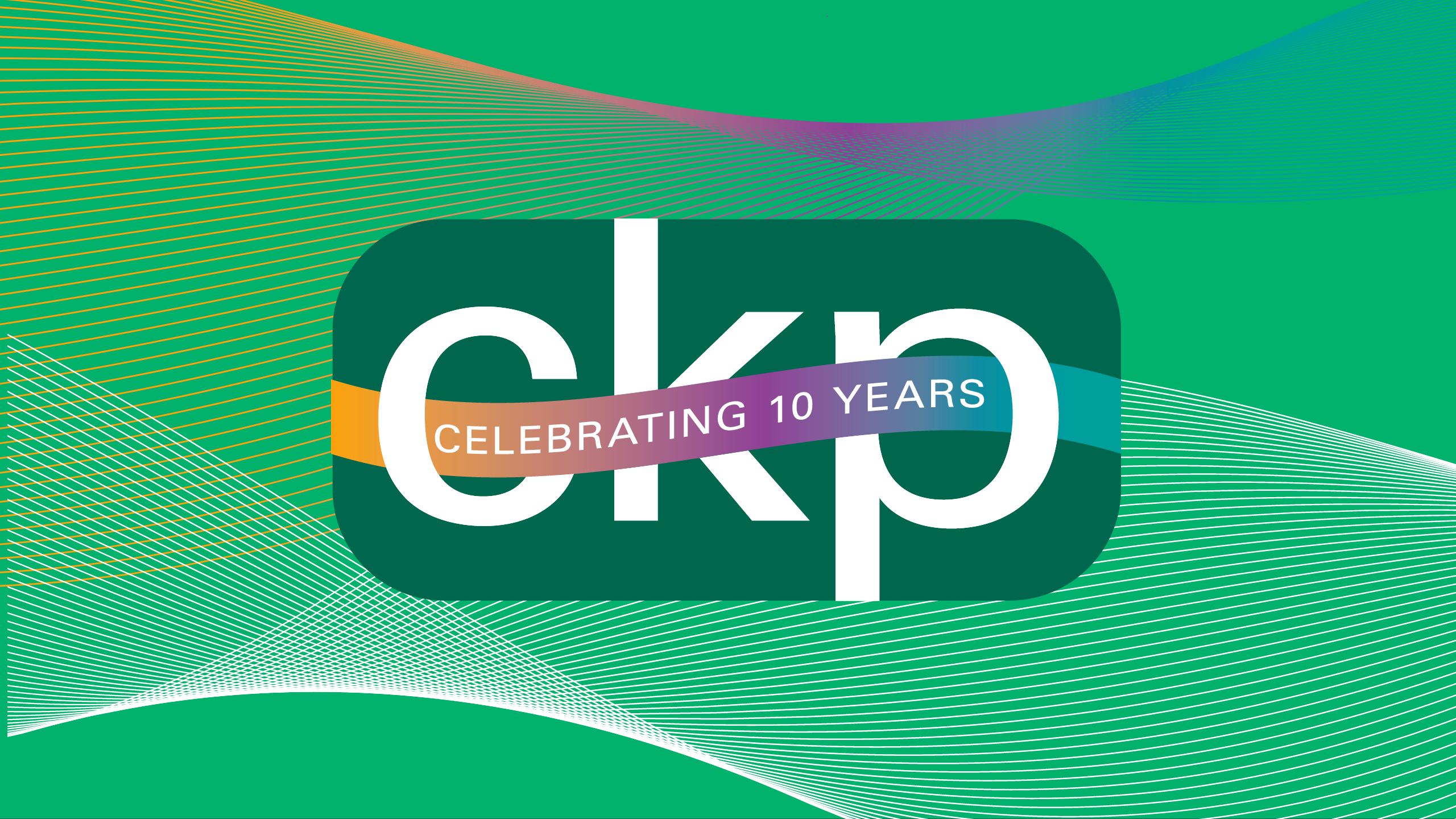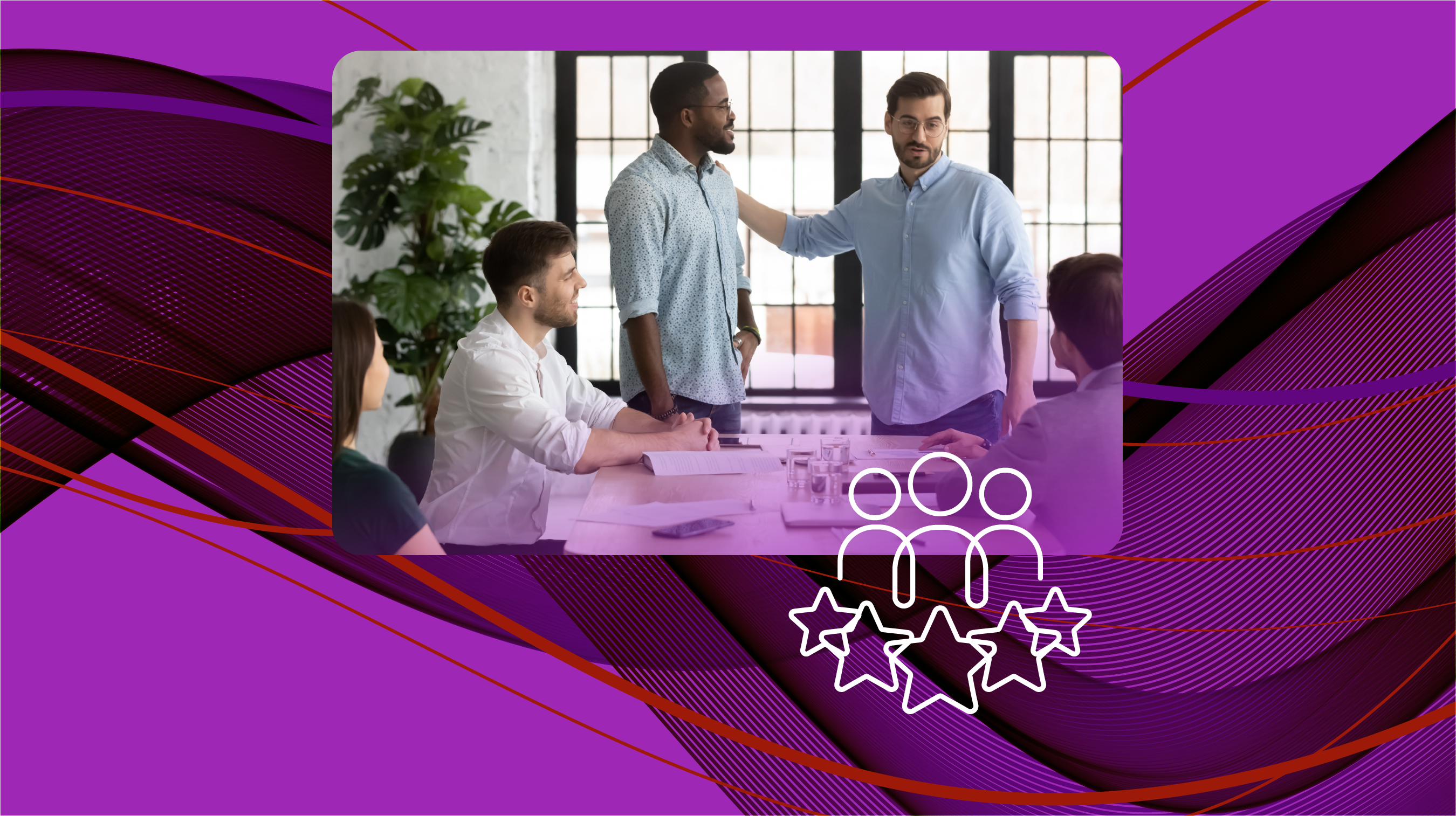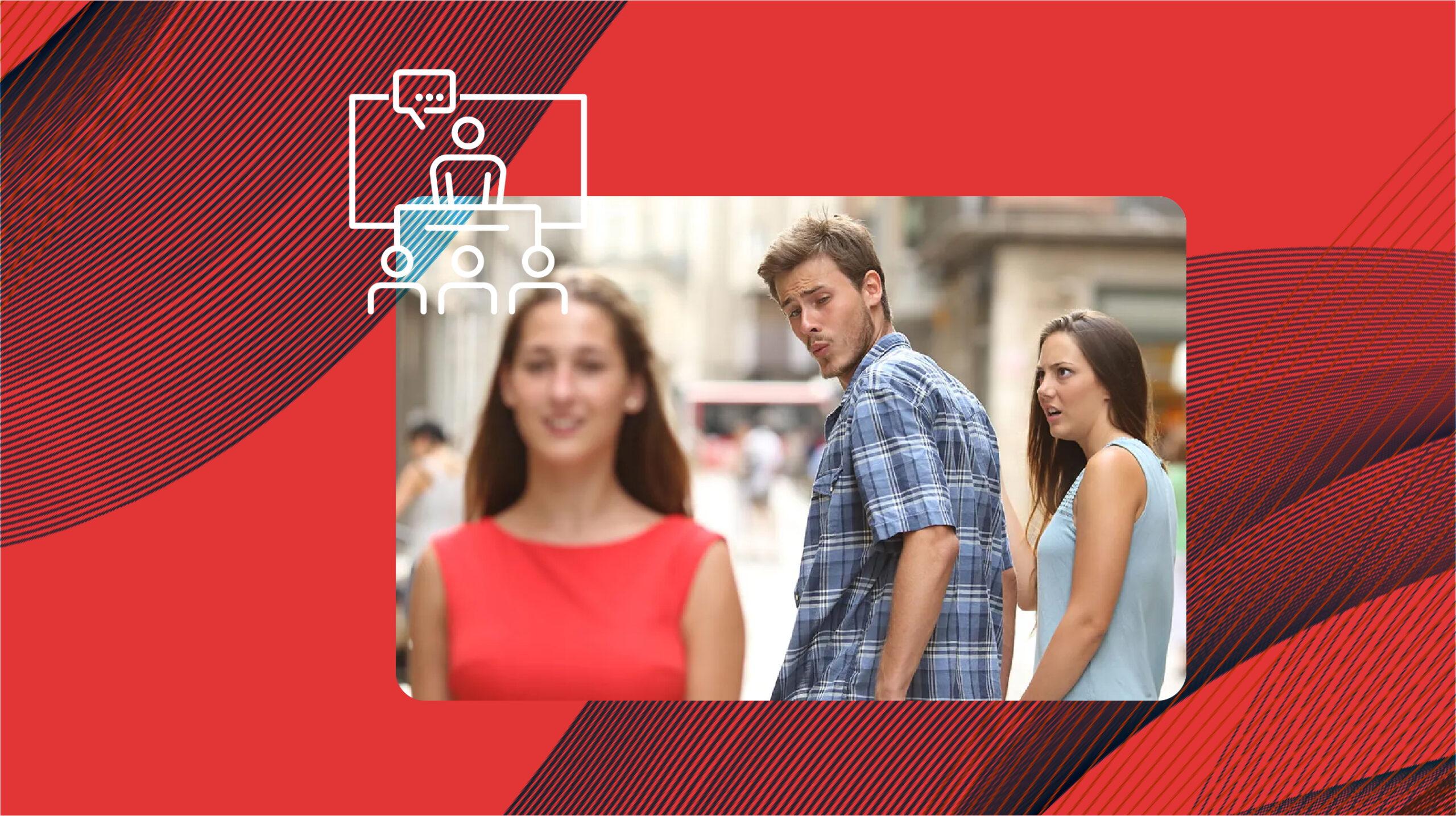What do I talk about? Instill nonprofit donor confidence with these messaging strategies

Courtesy photo
As a nonprofit consultant, donor, volunteer, and board member, I have seen varying degrees of organizational triage since steps to contain the COVID-19 pandemic resulted in work-from-home orders, canceled programming, and the inability to serve clients physically.
Some organizations, just like people, are in a state of flux as they adapt to survive, maintain, and reinvent themselves temporarily and perhaps permanently. We’ve moved from fear of the unknown to accepting uncertainty. We’re learning to be creative within new limitations and without guarantees that we will return to life as we knew it anytime soon. We’ve shifted the delivery of valuable and sometimes critical services in ways that ensure the safety of staff and clients.
There is a groundswell to apply this learning to better serve our vulnerable populations and truly connect with our friends, family, and community. Like individuals, nonprofits should consider what the organization has learned and use that to forge stronger connections with current and prospective donors.
Researcher and storyteller Brené Brown’s TED talk on the power of vulnerability has many applicable lessons here. Courage, the University of Houston professor says, is rooted in vulnerability, not strength. No one is expecting you or your organization to be perfectly packaged. But what stakeholders are expecting is communication, transparency, and the passion to make things happen.
If you instill confidence among donors that you’re nimble, agile, and able to adjust to keep on meeting your mission, you and your organization can earn the confidence of your stakeholders. This is not the time to be shy. Instead, be assertive.
Think about these questions:
How did you leverage new technologies to accommodate clients or staff that enabled them to be more productive and enhance service?
If you experimented with technology, talk about it. Lazarus House provides low- to no-cost physical, nutritional, and supportive wellness programs to individuals suffering from chronic illness. Unable to serve in a traditional manner, the organization quickly got up to speed on technology. Founder and executive director Danielle Sampey used Zoom video conferencing tools to stay connected with almost 75% of the organization’s clients. Modified virtual exercises and nutritional support delivered online enabled the staff to serve clients a time when human connection is needed more than ever. The exercise also helped the organization grow, allowing them to serve more clients, including those who were on the waitlist.
The lesson here is that necessity forced innovation, which saw the organization expand its reach.
Did your audience view and engage with new content specifically created for this period of isolation? If so, what did you learn about them? Did you attract new audiences?
DACAMERA, an organization that inspires and enriches the Houston community through diverse and inventive musical experiences, created DACAMERA Home Delivery, a weekly video newsletter. Each edition features thoughtful music-centered discussion from artistic director Sarah Rothenberg and guest musicians that were scheduled to perform during this period. Opera singer Davoné Tines sent a short video featuring a meditation and vocal performance, and Rothenberg shared a Zoom Q&A devoted to Bach with pianist Jeremy Denk.
Home Delivery garnered attention for the appeal and breadth of the content. In addition to press coverage, DACAMERA experienced a bump in email sign-ups, which they hope to convert to ticket buyers when live performances can resume.
The arts presenter found a way to remain relevant, grow, and get credit from third-party endorsements.
Did you partner with another organization for the first time or in new ways?
Recently the City of Houston announced the Mayor’s Office of Cultural Affairs, with the support of the Downtown Redevelopment Authority, has forged a partnership with gener8tor, a for-profit company that invests in high-growth startups to support Houston’s creative community. During a free week-long series of group and private online sessions, gener8tor will convene experts in financial assistance, mental health, creativity, and technology for artists, musicians, creatives, and nonprofit leaders to help them survive increasing economic pressures of COVID-19. Longer-term, this partnership could serve as a model for collaboration between public, private, and third-sector organizations to further strengthen our not-for-profit creative community.
While the Mayor’s Office of Cultural Affairs isn’t a nonprofit in the traditional sense, the partnership reveals that many for-profit brands are looking for ways to support those doing good work in their communities. Corporate social responsibility programs are more the norm than the exception.
Are you doing behind the scenes work that will set you up for success in the future?
While meeting your mission is almost always visible, strategic work isn’t. Wonderland Inc is a network of charter schools transforming children’s lives in the Third Ward for more than 50 years. Rated in the top 1 percent of Texas schools, Wonderland has a reputation of excellence through its rigorous academics and character development. While their work educating students and supporting families continues through digital means, the leadership has earmarked the summer to conduct a 360-degree analysis of the organization in order to be of even greater service to their community in the future. In consultation with CKP, Wonderland Inc will begin the school year with a comprehensive roadmap to successfully realize their vision for growth.
Talking about strategic work shows maturity and foresight as it reinforces your vision and your long-term goals.
Impact on staff is almost certain. Can you better prepare the organization for unforeseen circumstances in the future?
Letting people go is an agonizing decision.
The Nonprofit Quarterly article “It’s Different This Time: Handling Nonprofit Staff Cuts Under COVID-19” quantifies the overwhelming impact of this pandemic and the long-term implications of unemployment in the sector. In it, experts detail considerations for reducing staff that leaders may not have considered, such as preserving diversity, intended to have the least negative long-term impact on employees and constituents. Ultimately, beyond making a rainy day fund a priority, few single entities have the ability to truly prepare for unforeseen circumstances. Only increased capacity system-wide can truly bring stability to the sector.
Changes in operational structure may mean the end of silos, better collaboration between departments, and streamlined operations. It also gives organizations the rationale for examining programs and focusing on what has the most impact and value to the organization and the community.
Closing thoughts
The culture of nonprofits often discourages taking creative programming risks. But if there’s ever an opportunity to do so, it’s now as donors and stakeholders expect organizations to try to continue to meet their missions. With risk-taking comes innovation, and with innovation comes progress.
That said, for some, considering a change at this moment may be impossible with the immediate need to simply focus on survival. Regardless, nonprofits will continue to do what we’ve always done, which is transform habitually limited resources into something extraordinary, and to inspire donors by showing them how their support will help realize a new—and even better—normal for the communities we serve.
Kimberly Sparrow
Kimberly is a creative, entrepreneurial leader and coach with a passion for cause-based businesses and nonprofits doing great things to better the lives of others.
More Blog Posts

Let’s be real—communication at work is kind of like a group chat. Some people over-share, some barely respond, and others...

Once upon a time, PR meant faxing a press release and hoping someone, somewhere, had paper in their machine. All...

Employee Appreciation Day, recognized on the first Friday in March, will be celebrated this year on March 7. It is...

1. The Power of Sustained Impression (Or: Stop Passing Out at First Dates) Let me tell you about a date...



